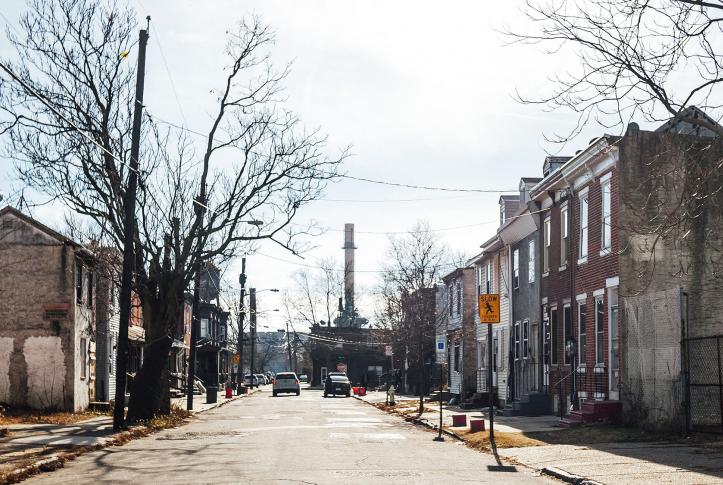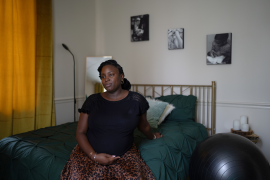The health of people with low incomes often suffers because they can’t afford adequate housing, food, or child care. Such living conditions, and the stress they cause, can lead to higher rates of tobacco and alcohol use and increase the risk of health problems developing or worsening over time.
In addition, partly because they are more likely to be unable to afford care, people with low-incomes use fewer preventive care services. As a result, there are fewer opportunities for practitioners to assess and educate these patients about their health risks. Even when low-income people do see health care providers, the social needs like poor housing that may affect their health and complicate treatment are rarely addressed. If health plans and providers can better meet the needs of these patients, such improvement might spur higher quality improvements throughout the system.
To examine the impact of income on health, we analyzed data from the 2014–16 National Health Interview Survey conducted by the Centers for Disease Control and Prevention. We found that even relatively healthy lower-income people — those who earn 200% or less of the federal poverty level (FPL), or about $24,000 or less a year, and have fewer than three chronic conditions and no functional limitations — have higher health risks, greater social needs, and worse access to care than relatively healthy moderate-income (200%–400% FPL) and higher-income (>400% FPL) people.
Compared to their higher-income counterparts, relatively healthy low-income people are more likely to:
Have poorer self-reported health and greater health risks. One-fifth of low-income adults report their health as fair or poor, compared to only 5 percent of higher-income adults. Rates of obesity are also higher among low-income adults (36%) compared to higher-income adults (28%). Low-income adults are also much more likely to be smokers (25%).
Have more mental health problems. Based on a widely used screening tool for identifying symptoms of depression and anxiety (the K6 distress scale), low-income people are much more likely to be in serious psychological distress (7%) compared to higher-income people (1%). Low-income people also report more difficulty sleeping (18%) than higher-income people (14%).
Have greater social needs or concerns. A high percentage of low-income adults lack a high school degree (21%) and are not employed (48%) relative to higher-income adults. These reduced economic opportunities translate directly into much higher levels of social needs among low-income people. One-quarter of low-income people are food insecure, or lack reliable access to a sufficient quantity of affordable, nutritious food, while more than 40 percent are worried about paying their rent, mortgage, or other monthly bills.
Are more fearful and less trusting of people in their neighborhoods. Higher crime in low-income neighborhoods may increase the risk of bodily harm and psychological distress, while discouraging physical activity and exercise for both adults and children. Closely knit neighborhoods that have a high degree of trust between neighbors are more likely to increase communication and cooperation to achieve goals, provide assistance to neighbors in need, and discourage crime and other unhealthy behaviors such as drug and alcohol use. More than one-fifth of low-income people believe it is unsafe to walk in their neighborhood (compared to 7% of higher-income people). More than one-quarter of low-income people (28%) have a low level of trust of people living in their neighborhood (compared to 8% for higher-income people).
Have more limited access to care. Although research has shown that the Affordable Care Act significantly narrowed income disparities in insurance coverage and access to care, such disparities persist. Lower-income people are still much more likely to be uninsured (26%) compared to higher-income people (4%). In addition, almost one-quarter (23%) of low-income adults lack a usual source of care. They are also much more likely to report delaying care, not being able to afford prescription medications, and experiencing problems paying medical bills relative to higher-income people.
Use less preventive health care. Use of preventive services increases the likelihood of early detection of health problems as well as better outcomes. Lower-income people are less likely to have had a cholesterol test in the past year (41%) compared to higher-income people (64%). Lower-income women ages 50–64 are less likely to have had a recent mammogram (54%) compared to higher-income women (80%). Low-income older adults are also much less likely to have had a colon cancer test (27%) than higher-income older adults (54%).
Identifying and Addresses Social Needs
Our results underscore that low incomes are associated with a persistent cycle of inadequate access to quality food and housing, financial stress, poor health behaviors, threats to personal safety, and lack of access to care. These circumstances, in turn, increase the health risks to low-income people, even in the absence of serious health problems. Identifying these risks is challenging for health care providers, but ultimately necessary for managing patients’ health care, preventing more serious health problems, and improving health outcomes.
A number of recent initiatives are designed to identify and address the social needs of patients as an important component of successful treatment. For example, health systems involved in the Centers for Medicare and Medicaid Services’ Accountable Health Communities initiative will screen Medicare and Medicaid patients to identify social needs such as food and housing security and refer them as needed to social service organizations in the community. As research continues to demonstrate, efforts to improve the health of people with low incomes is likely to be unsuccessful unless social and environmental conditions that affect health are also addressed.



